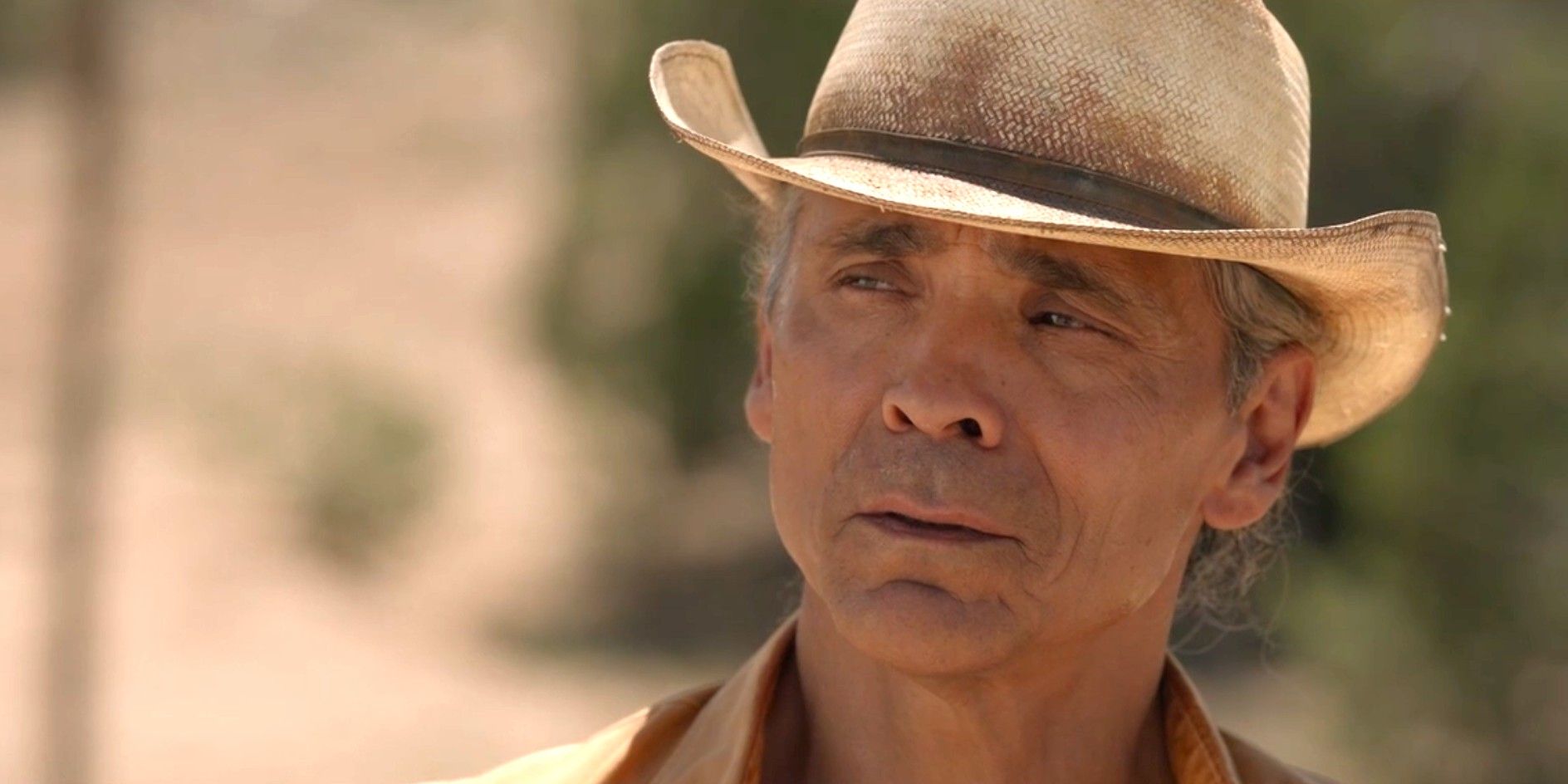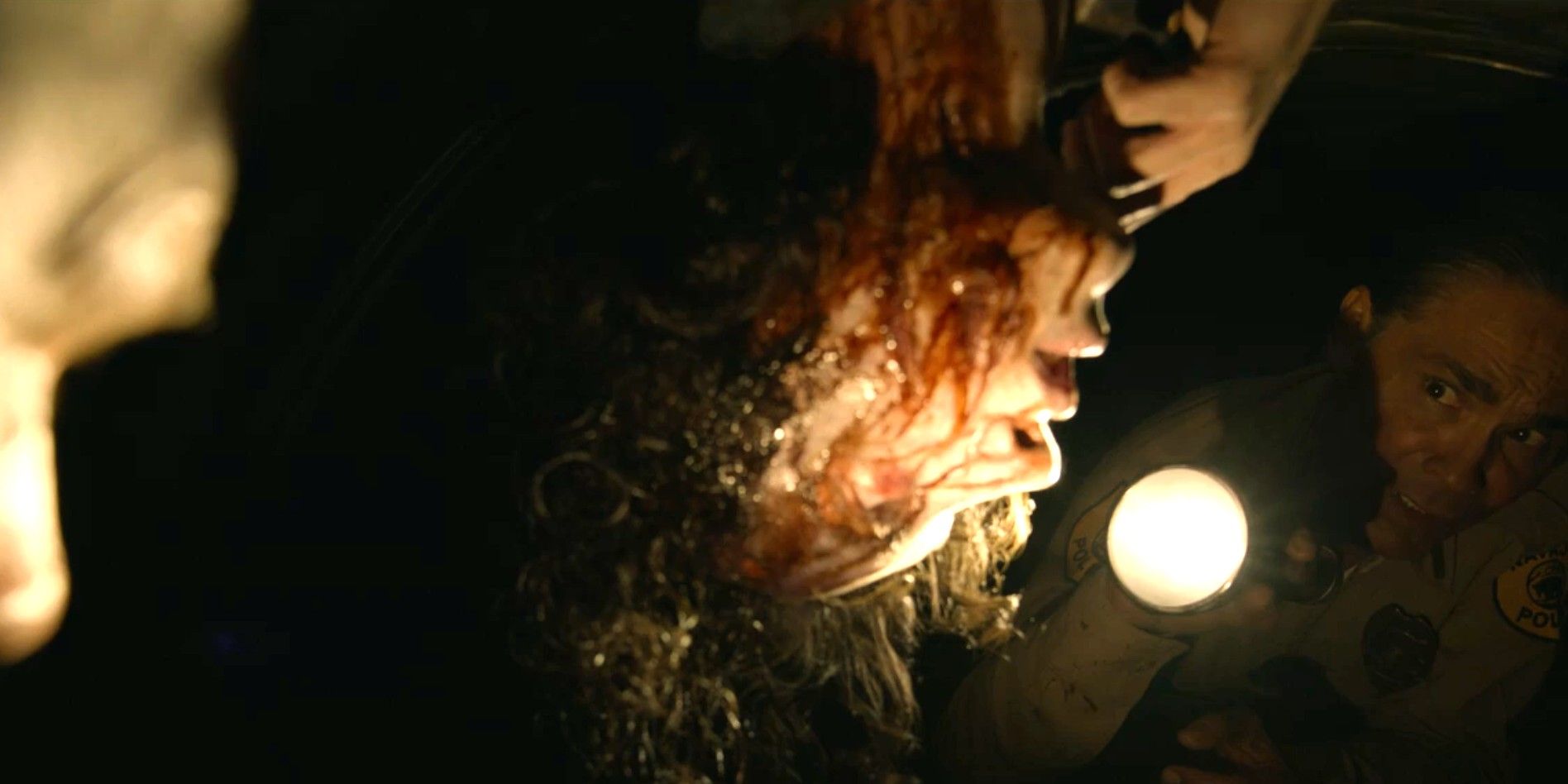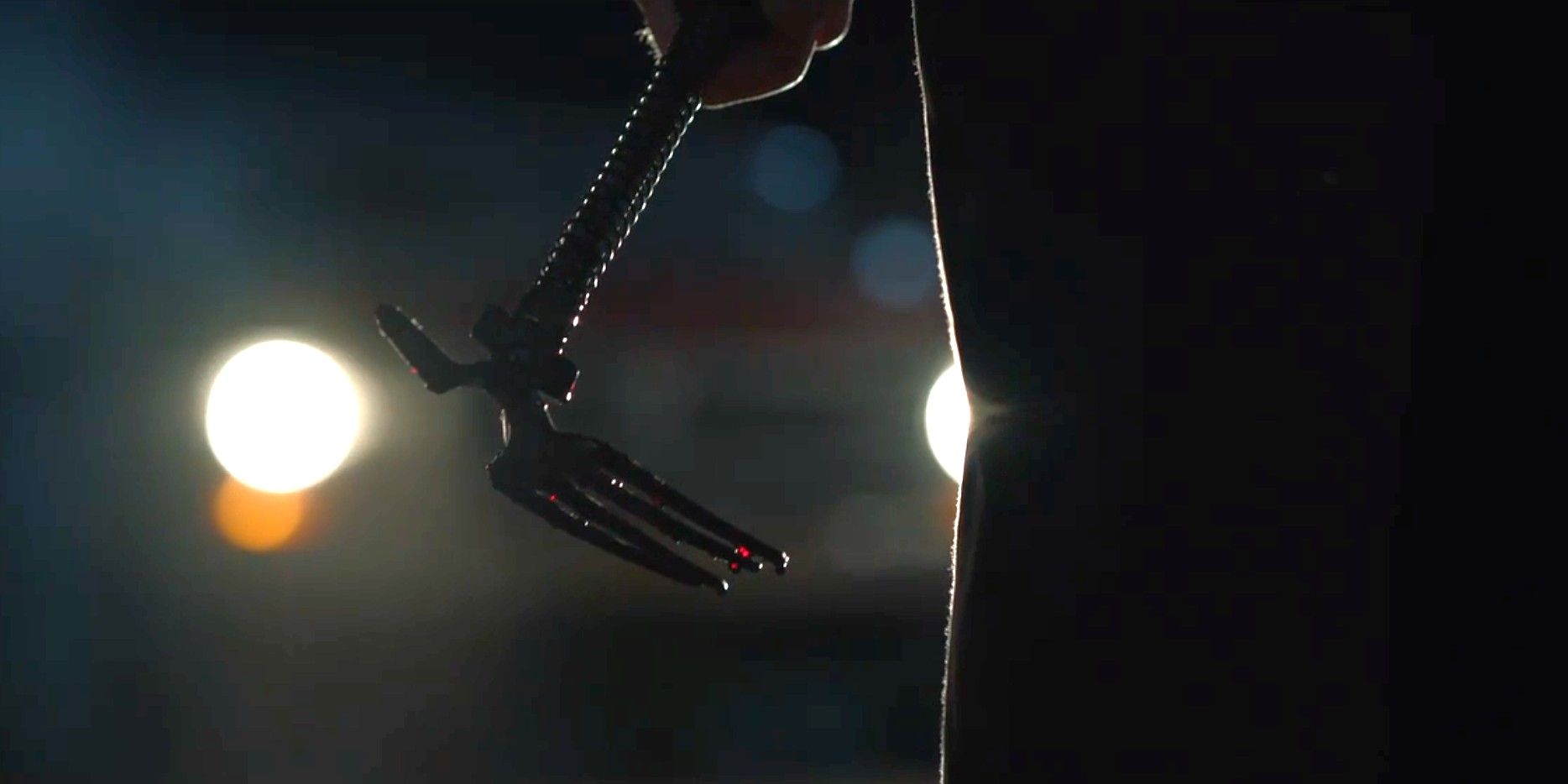[ad_1]
Dark Winds season 3’s reveal that Dr. Reynolds was Ernesto Cata’s murder was unexpected, but it actually helped support the overarching themes of the season. The catalyzing mystery of Dark Winds season 3 is who murdered Ernesto Cata and why. For most of the season, Dark Winds‘ narrative and context clues led the audience to believe that the person who murdered Ernesto Cata out in the desert was likely Tom Spenser’s fixer-slash-assassin Budge de Baca, or perhaps even Halsey, the drug-smuggling farmer.
Everything was pointing to Ernesto having seen something he wasn’t supposed to regarding Tom Spenser’s migrant- and drug-smuggling operation in Dark Winds, and he became a loose end that had to be eliminated. Both Budge and Halsey had both been shown to be killers (at least an attempted killer, in Halsey’s case), and no one else gave any indication they would have been involved. That’s why, though Dr. Reynolds seemed suspicious from the start, it still threw audiences for a loop when he was outed as the killer – and yet, it makes perfect sense in a symbolic way.
Dr. Reynolds’ Reveal As Ernesto Cata’s Murderer Came Out Of Nowhere
Ernesto Did See Something He Shouldn’t Have, But Not What We Thought
That’s why it was so jarring when Dark Winds revealed, over the course of just a few scenes, that it was actually Dr. Reynolds who had killed Ernesto despite Ernesto and George Bowlegs having previously helped the archaeologist and his assistant, Teddi. Ernesto and George Bowlegs caught Reynolds falsifying his findings, finding the fake arrowhead he intended to plant at the dig in an attempt to create evidence to support his theory.
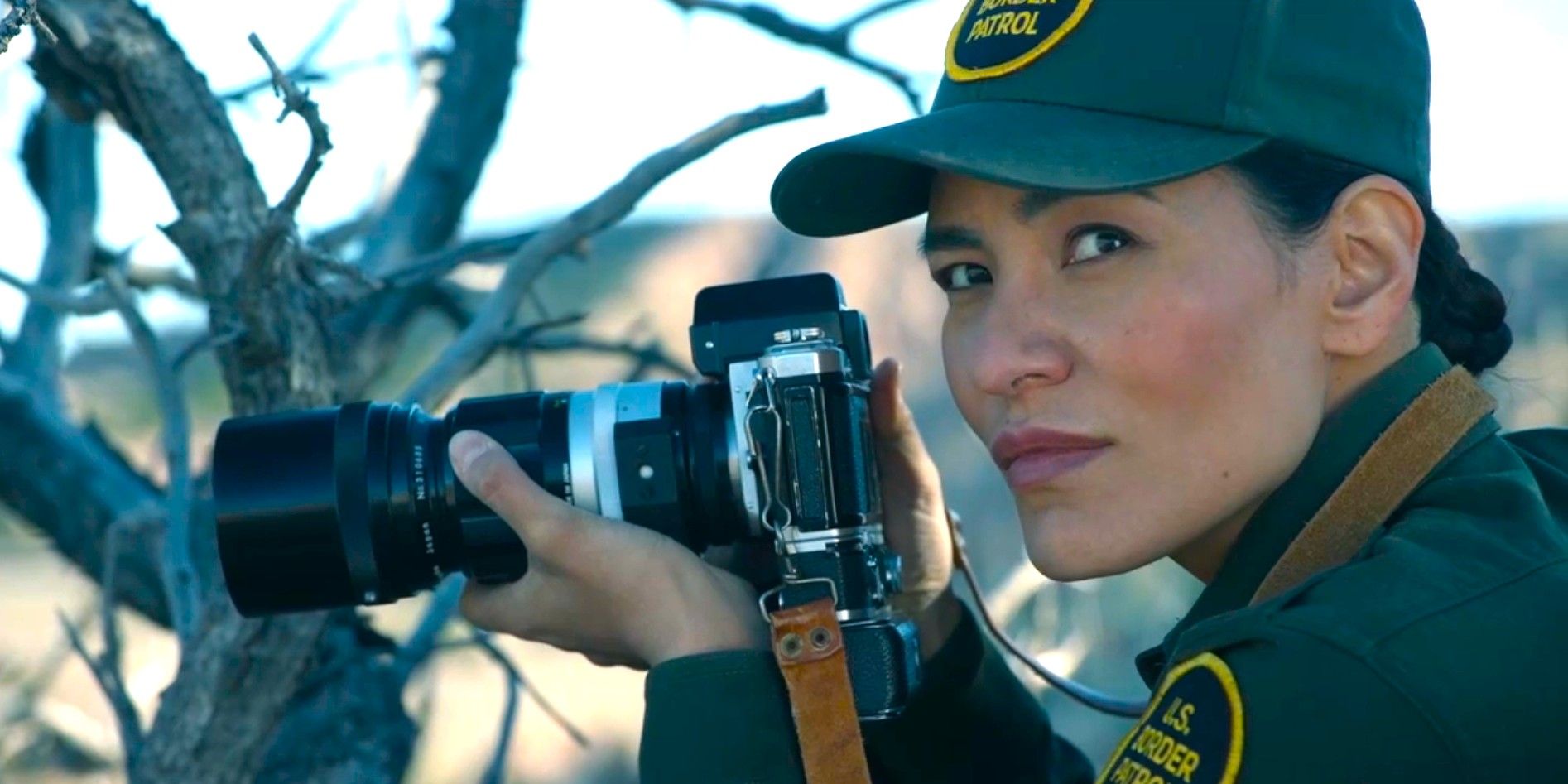
Related
Okay, Is It Just Me Or Does Dark Winds Season 3’s Biggest Mystery Still Make No Sense?
Dark Winds is a show that operates purely on the principle of “show, don’t tell,” which is great, but one payoff may have been a little too subtle.
It was the same arrowhead that had been found in Ernesto Cata’s mouth at the end of Dark Winds season 3, episode 1, which explains the odd and suspicious scene from earlier in the season when the researcher casually tossed it into the trash despite Joe telling him it was evidence. Even with the callback to that scene, it still seemed like such an extreme overreaction from the archaeologist that he would resort to murder to hide the truth of his planted evidence coming to light. Still, it’s not that far-fetched for anyone who knows academia and research – or who was paying attention to the themes of Dark Winds season 3.
Dr. Reynolds Story Ties Into The Themes Of Dark Winds Season 3
The White Man Comes And Takes & Always Leaves Destruction In His Wake
Even if the plot twist seemed to come out of nowhere, thematically, Dr. Reynolds’ crimes tie into the larger message of Dark Winds season 3 and its ending. The tension between white outsiders and the Navajo people has always been a throughline in the series, as it still is today. The idea of “white justice” versus “Indian justice,” which was first introduced at the end of last season, continued to be explored this season. Whether true justice is following the rule of law, even if it might let another white man get away with his crimes, or taking matters into one’s own hands and doling out Indian justice, thus ensuring the white criminal will get what’s coming to him, was a moral question asked all season.
Initially, it seemed as though Joe Leaphorn was the only one wrestling with that dilemma, but as Dark Winds season 3 unfolded, it was made clear that the entire community of Navajo people felt the same way. When interrogated, for example, none of the families of the native boys murdered in the mine explosion gave Joe up, though at least one definitely saw and recognized Joe’s truck in the desert on the night B.J. Vines went missing. Still, he pretended he hadn’t when questioned by Agent Washington.
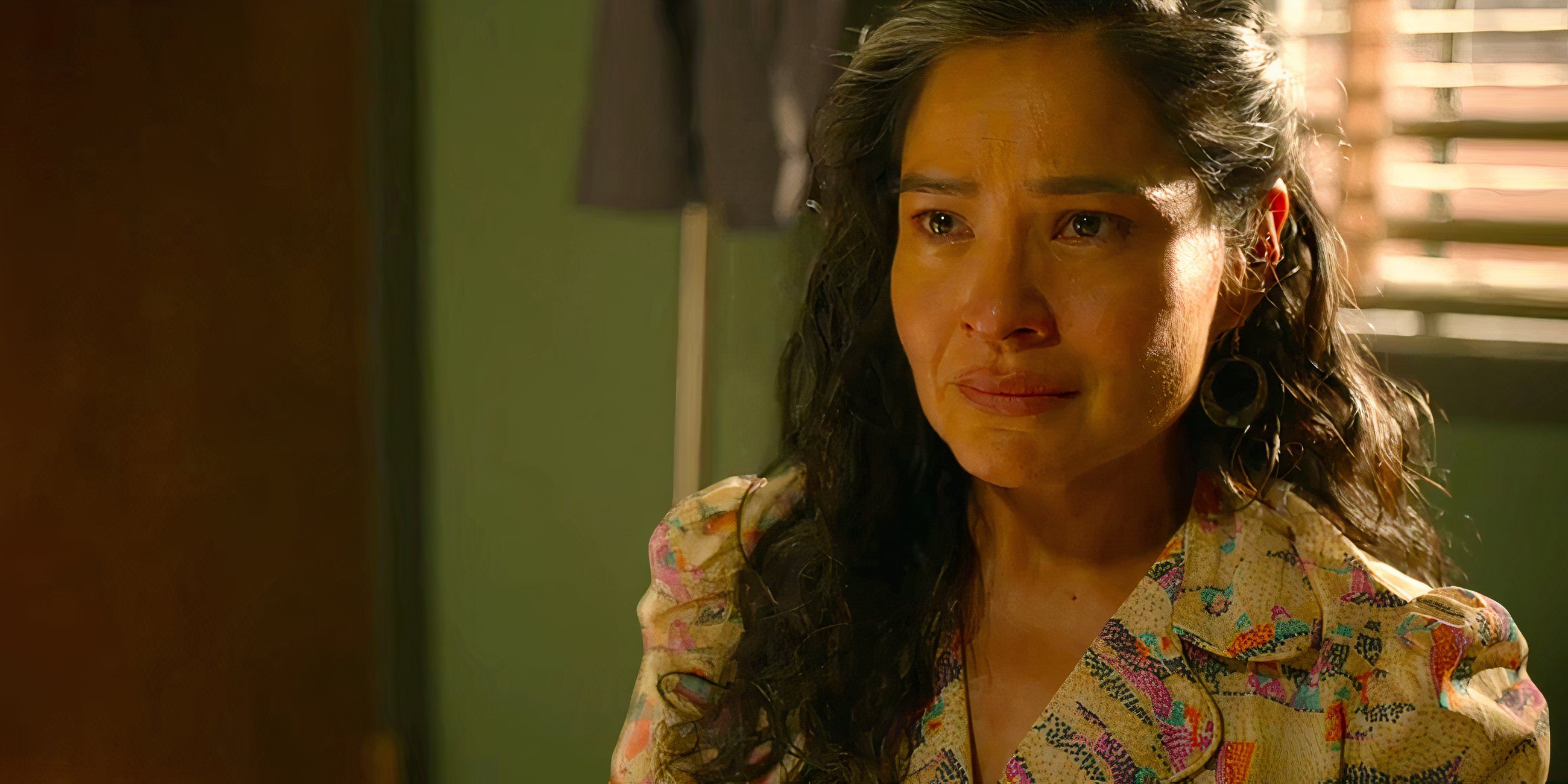
Related
Why Emma REALLY Lied To Agent Washington About Joe In Dark Winds Season 3 Episode 7
Emma may have lied about Joe to Agent Washington in Dark Winds season 3, episode 7, but the most obvious reason why isn’t the full truth.
Even Emma, gentle, compassionate Emma, made it clear that her heart was also full of vengeance for Vines, not because she is inherently a violent person, but because she is sick of how much the white man has taken from her and her people. She pointed out that the only thing white outsiders do when they come to Navajo Nation is take and take, leaving only destruction in their wake. They take the fossil fuels and ore from the land, and then kill the young Navajo men who mine it. They come back and rip open those wounds again in trying to find answers. They take Navajo culture and repurpose it into something cheap, or to make a name for themselves.
His violence and casual ambition and greed ripped yet another hole right through the local tribal community, another bloody thread in the long tapestry of violence and oppression handed to the Navajo people by white men.
That’s precisely what Dr. Reynolds did when he faked the arrowhead, planted evidence, and then murdered a Navajo boy and destroyed the innocence of another. His violence and casual ambition and greed ripped yet another hole right through the local tribal community, another bloody thread in the long tapestry of violence and oppression handed to the Navajo people by white men. Not only did he snuff out the life of a local boy, but he also valued the Navajo land and people so little that he was willing to fabricate an entirely different archaeological and cultural history to prop up his personal ambition.
It Makes Sense That Dr. Reynolds Killed To Keep His Academic Fraud From Being Exposed
His Life Would Have Been Over
It seems farfetched, but it’s not impossible to believe Dr. Reynolds might have been protective enough of his theory and reputation to kill. As Dark Winds season 3 explained, the future of his career hinged on his theory that the Folsom people, an ancient Paleo-Indian culture, migrated from the Great Plains and settled in the region that is now the Navajo Nation and began making new tools, such as the new arrowhead lance point he faked. He’d staked enough of his reputation on his theory that he’d started to be seen by his colleagues as a bit of an eccentric tilting at windmills.
An academic’s reputation is based entirely on the accuracy of their work, and one being found guilty of fraud never recovers.
After years, possibly decades, of no luck connecting the dots to support his theory, Reynolds was getting desperate. After all, as an academic and researcher, his funding rests entirely on publishing papers. If he’s not publishing papers or making any headway with his extreme theory, the funding will dry up, and soon he might find himself out of a job and out of a career entirely, a disgraced has-been with ridiculous ideas that amount to nothing. An academic’s reputation is based entirely on the accuracy of their work, and one being found guilty of fraud never recovers. Their life is essentially over. That’s why, when Dr. Reynolds was faced with the choice to save his own life or Ernesto’s in Dark Winds, he chose his own.
[ad_2]
Source link
